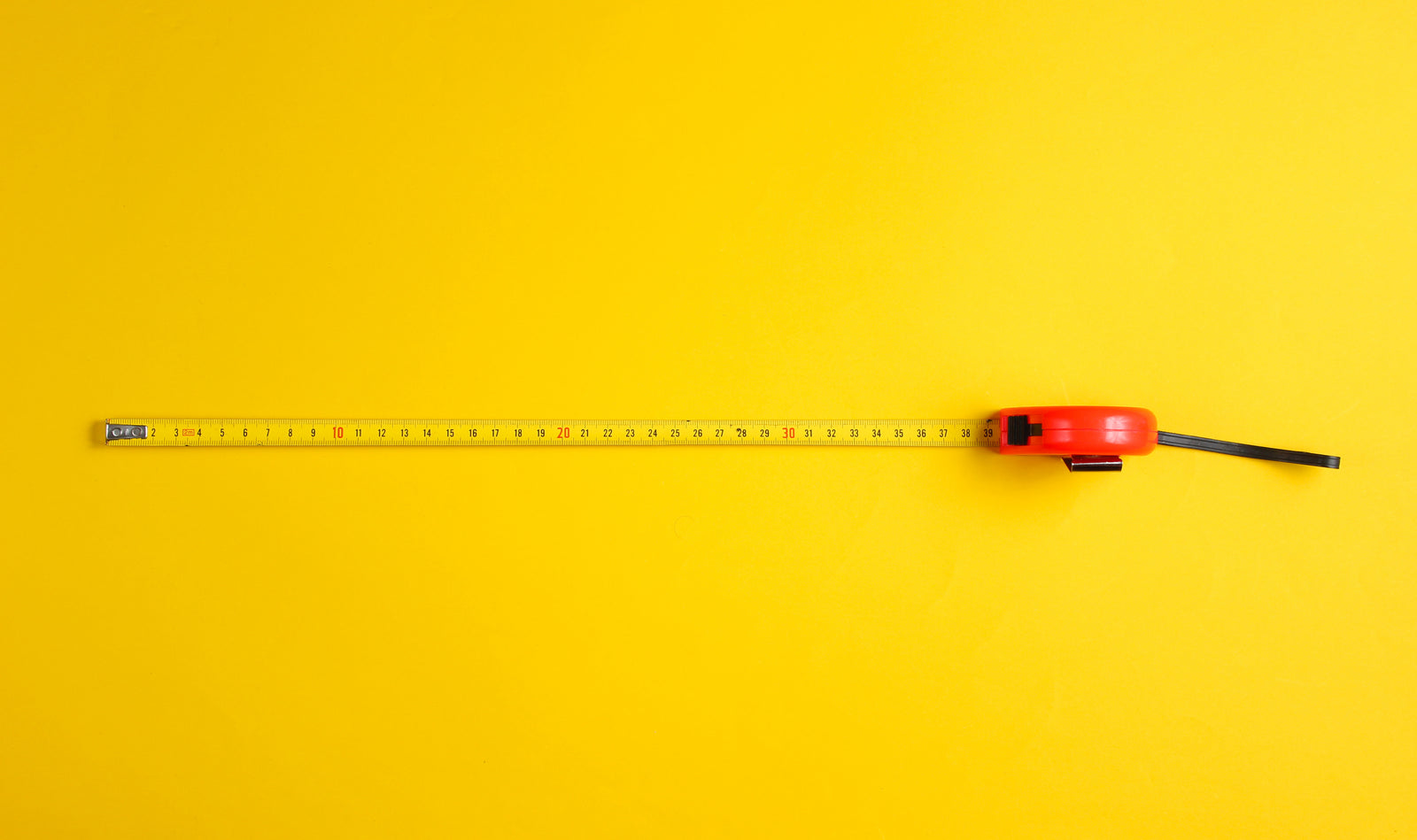
Wireless charging as we currently use and understand it operates according to some fairly basic standards. These standards may very well change going forward with the advent of new technologies, but for the time being, these are the standards most devices abide by.
The reason behind this is the ever-changing nature of wireless charging and the constant improvement of technological parameters. At the same time, battery life also plays an important role in determining the appropriate wattage and speed of any electrical charge, be it delivered wirelessly or through traditional methods.
The day will come, however, whena question will be raised about wireless charging at a distance longer than what currently constitutes a universal wireless charging standard.
Mind you, despite being advertised as ‘wireless’ chargers, many of these devices still require physical contact between the charging pad and the device being charged at any given time.
In a way, the technology is virtually wireless but the phone still needs to be securely and closely positioned on the designated charging pad, lest you want it to either charge slowly or not charge at all. This also means that the overall mobility provided by wireless chargers is yet to justify the investment for some people.
Current standards
With Qi quickly becoming the universal standard for wireless chargers everywhere, we can expect most future devices to possess Qi-charging capabilities.
This includes devices like tablets and notebooks, devices that you would otherwise move around at will. Because of current limitations, you simply cannot nudge these devices from the charging pad during the charging process.
At this point in time, the maximum operating distance of a wireless charger is around 32 to 50 mm under normal circumstances. The effectiveness of the charge being delivered even at this lengths is greatly affected by the surfaces it needs to penetrate. It also depends on the casing of the device being charged, especially if it involves any metal components.
We should also point out that despite constant improvements, the actual delivery can vary depending on the device itself. For instance, Apple phones and tablets are notorious for charging rather slow through Qi methods, a tardiness that doesn’t seem to apply to Apple’s proprietary wireless chargers which can deliver full charges at distances of up to 40 mm.
As for the wattage being delivered, let us just say that it also varies greatly according to the battery of the device, the surface the charge needs to penetrate, and whether the device itself can handle the change in temperature.
You need to understand that in that regard, some smartphones heat up a lot faster than others during the charging process.
A long way to go
Even the best wireless chargers on the market appear to struggle with certain surfaces, so in a way, the technology still has a fairly long way to go. At the moment, some chargers can handle wooden and plastic surfaces up to 1.5 inches thick, but even they struggle if the surface has wires running through it or if there is a particularly thick tablecloth on the table.
Sowhen we talk about wireless charging at a distance, we refer to a wireless charger’s capacity to successfully penetrate a tabletop and/or thick casing and deliver a reasonable charge to any Qi-enabled device. The exact speed and wattage are both subject to various parameters that may or may not be under your control.
Bear in mind that wireless chargers also deliver a reduced charge compared to their wired counterparts. While wired chargers can deliver up to 60 or even 80 Wh under normal circumstances, even a decent wireless charger will struggle to put out more than 50 Wh. Mind you, we’re talking about high-end chargers here, and even they struggle considerably to reach wired standards.
We should perhaps point out that wireless chargers work by creating a magnetic field and that they emit an EMF form of radiation during the charging process. The field they generate is so small in some cases, that they do not fully meet the parameters that your average phone battery requires for a successful recharge.
The future is bright
Considering what manufacturers like Samsung, Apple, Xiaomi, and Huawei have been announcing for quite a while now, we are quickly entering the era of fully wireless chargers. To that end, almost every giant manufacturer has come up with its own proprietary charger, and these chargers can vary quite a bit in effectiveness and versatility.
If we are to look at what brands like Xiaomi and Samsung are offering, we can assume that we’re gonna have 50-60 Wh wireless chargers by the end of the decade. Needless to say, these technologies will eventually find their way into third-party chargers, the type that we are more likely to purchase for a more accommodating charging medium.
It would be safe to say thatif you want wireless charging at a distance greater than 1.5-2 inches at this point in time, you should expect to be disappointed. Not only because most wireless chargers require close proximity between the charger and the device being charged but also because the battery that most of these devices incorporate simply cannot handle the heat.
Last but not least, you have to understand that wireless charging can cause quite a rise in temperature both for the charger and the phone. When that happens, an auxiliary system usually gets triggered to suspend the charging process in its track. Depending on the phone, the time until the maximum temperature is reached can vary to some extent.
To put it bluntly, wireless chargers still have a long way to go before we can safely depend on them to charge our phones from across the room. For the time being, however, they still provide a comfortable and effortless solution for all our charging needs, provided that our phones possess the technological stability to deal with the ever-changing charging parameters.






